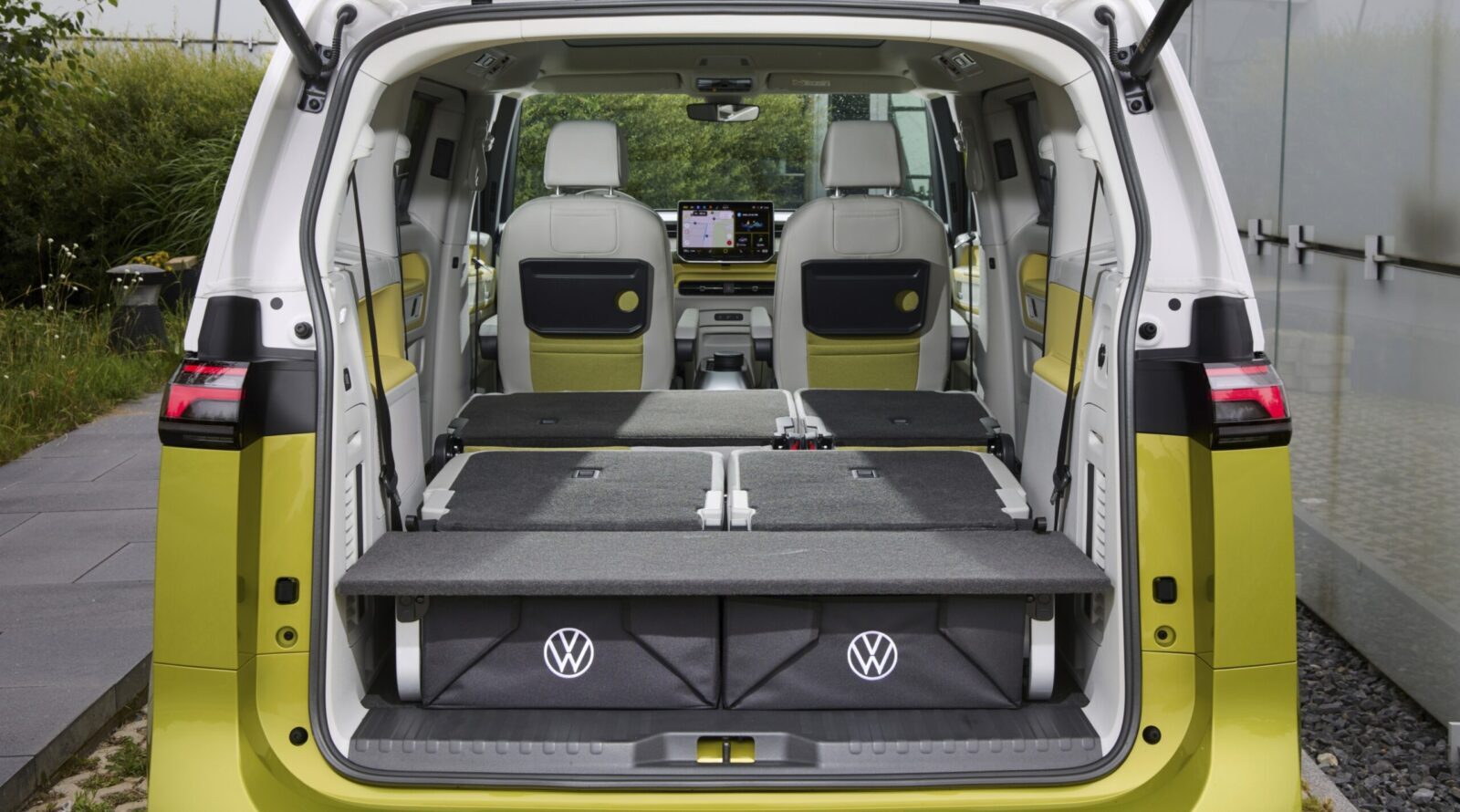Rio Tinto has released its June quarterly report, highlighting further momentum in its Pilbara iron ore operations.
The major’s Pilbara operations produced 81.3 million tonnes of iron ore in the second quarter, which was three per cent higher than the second quarter of 2022. The Gudai-Darri greenfield mine in Newman, WA, achieved sustained capacity during the period.
“We built further momentum in our Pilbara iron ore business for the quarter, and now expect to deliver shipments in the upper half of our guidance range for the year,” Rio chief executive Jakob Stausholm said.
“The ramp-up of the Oyu Tolgoi underground mine progressed ahead of plan, and we remain on track to more than triple its copper production by the end of the decade.
“Production downgrades during the quarter highlight that we still have much more to do elsewhere, as we roll out the Safe Production System to create stability and achieve excellence across our global portfolio.”
Rio saw a small increase in its injury frequency rate, up to 0.38 from 0.35 in the second quarter of 2022.
Alumina production increased by 11 per cent, due to the continual ramp up of the Kitimat smelter in Canada. Other Rio alumina smelters demonstrated stable performances.
“We continued to take disciplined measures to grow in the materials the world needs for the energy transition, also with investments to expand our low carbon aluminium production and underground copper production at Kennecott,” Stausholm said.
“We are taking practical steps and making investments to decarbonise, being the first to convert an open pit mine to renewable diesel at our Boron operations, signing a memorandum of understanding with Baowu to explore decarbonisation of the steel value chain and delivering first production from our groundbreaking Blue Smelting demonstration plant at Sorel-Tracy in Quebec in July.”




